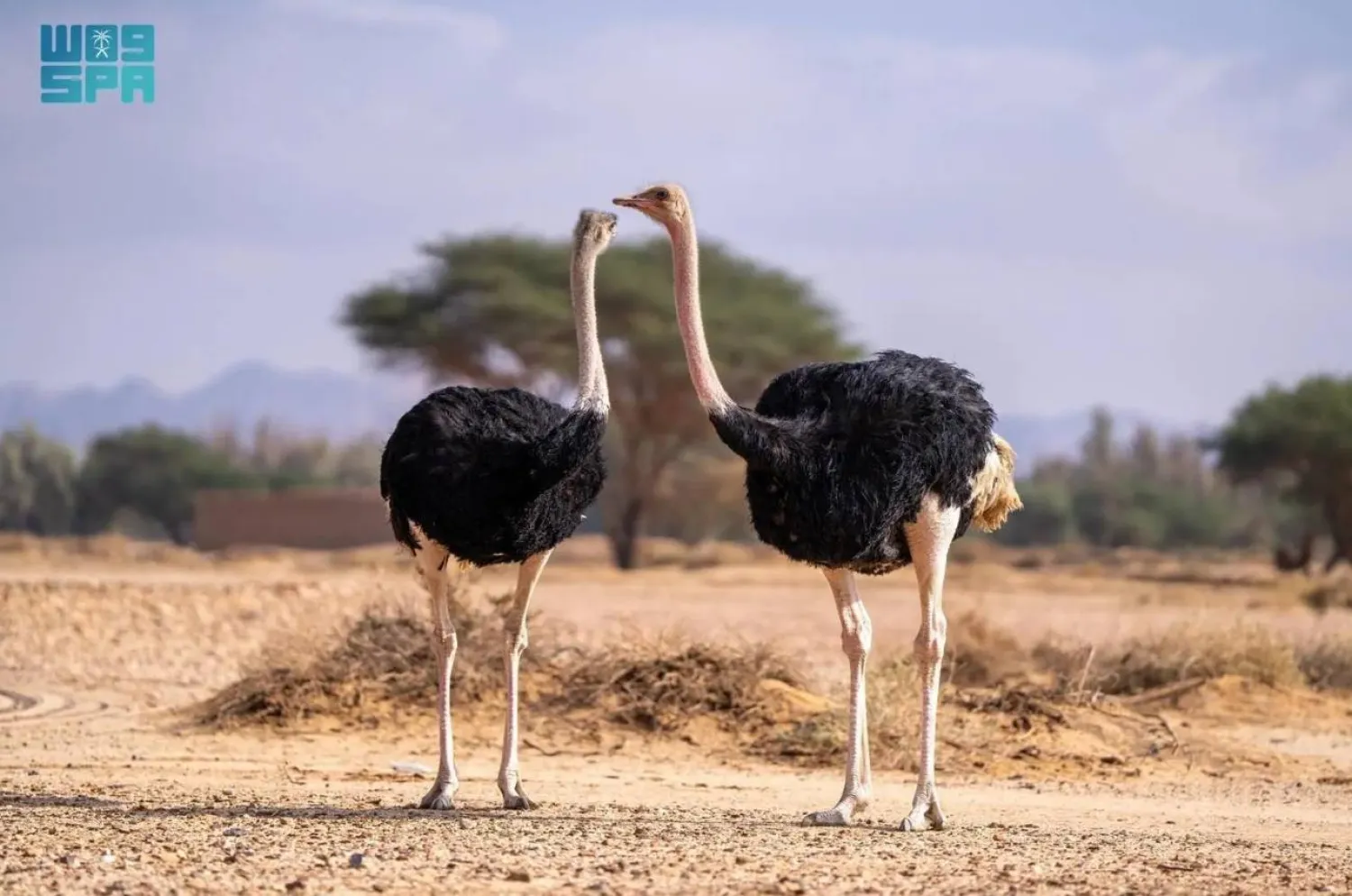A lecture hall full of first-year veterinary students in Hungary eagerly took their places for the first animal anatomy lesson of their academic careers, when two full-grown horses clopped inside and joined the class.
The rector at the University of Veterinary Medicine in Budapest, Dr. Péter Sótonyi, coaxed one of the animals onto a riser at the front of the hall and used a stick of chalk to draw onto the horse — from head to hooves — where its bones, organs and muscles could be found inside.
"This is their very first lesson, and the first time should be with a living animal," Sótonyi said of his students. "They shouldn’t first meet with a carcass, because they want to heal animals. They want to make animals better."
Sótonyi has used this unique method for introducing students to animal anatomy for around 25 years, and is convinced it helps them engage more directly with the subject matter than studying solely through books, charts and models.
Horses, he said, which are "particularly intelligent and honorable animals," are especially suited to the task.
"It’s a big animal and a lot can be demonstrated on it, and people are so amazed that the horse comes into the classroom and climbs up on the podium. This immediately gives the students a lot of motivation," he said.
The horses, provided to the university each year by the Budapest Police, stood calmly throughout the lecture, encouraged by occasional treats of sugar cubes.
In addition to marking the animal's body with chalk and colorful oil pencils, Sótonyi held up pieces from a model horse skeleton to their corresponding locations to provide a clearer visual representation of the horse's anatomy.
About halfway through the hourlong lesson, Sótonyi demonstrated the oral structure of one of the animals, reaching his hand inside its mouth to grasp its long tongue — and getting a gentle nip from the horse in return.
"What's wrong with you today?" he asked the horse to laughter from the students, many of whom stood up for a better view and snapped pictures with their phones.
Following the lecture, there were no long faces or neigh-sayers, but a room of excited future veterinarians. Noémi Tamaska, 19, said that she thought the lecture with live horses was useful for future retention of the information.
"It meant a lot to me that we could see on a living animal how a skeletal system is built," she said. "I think it’s easier to imagine, especially for visually-oriented people."









